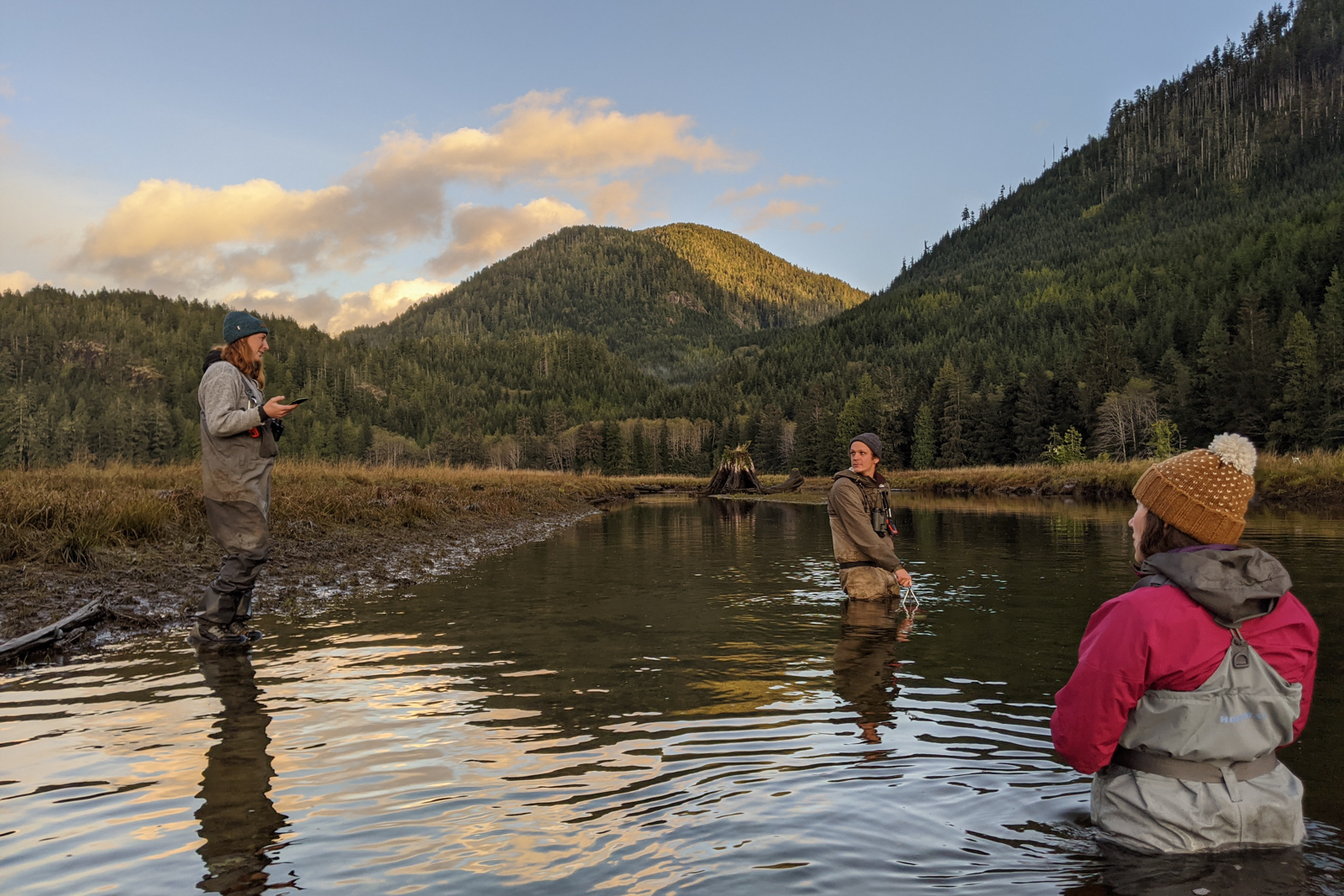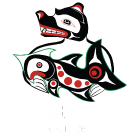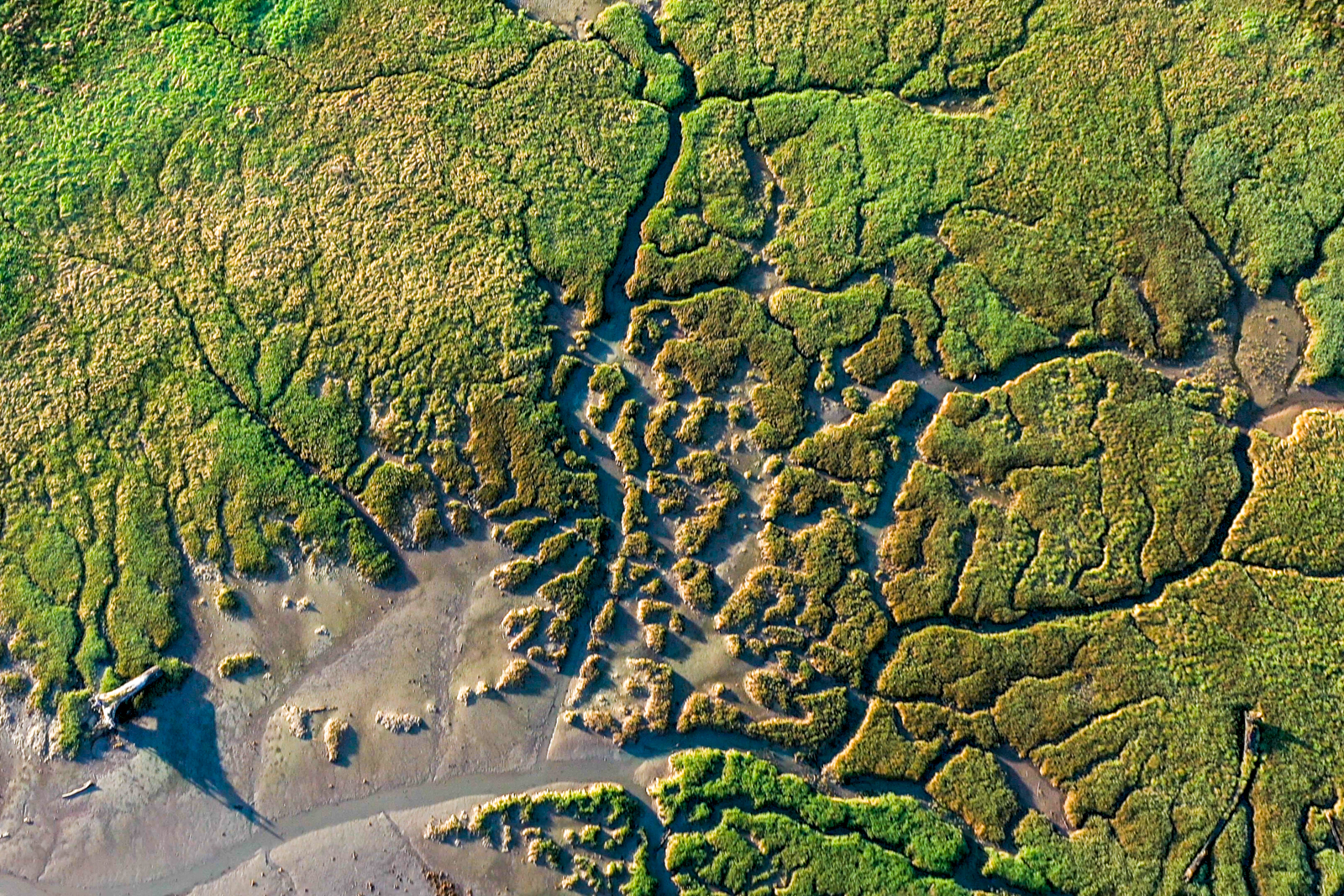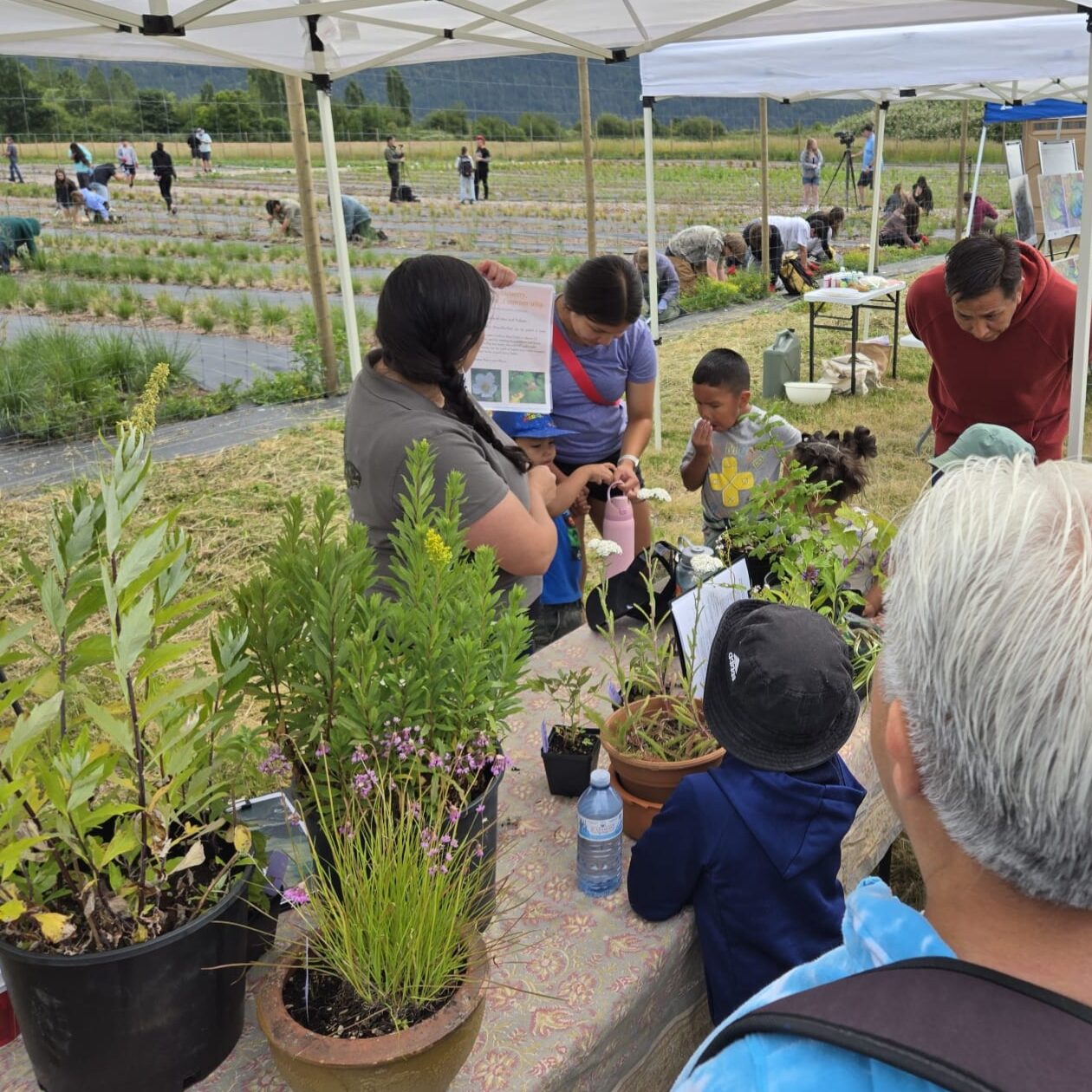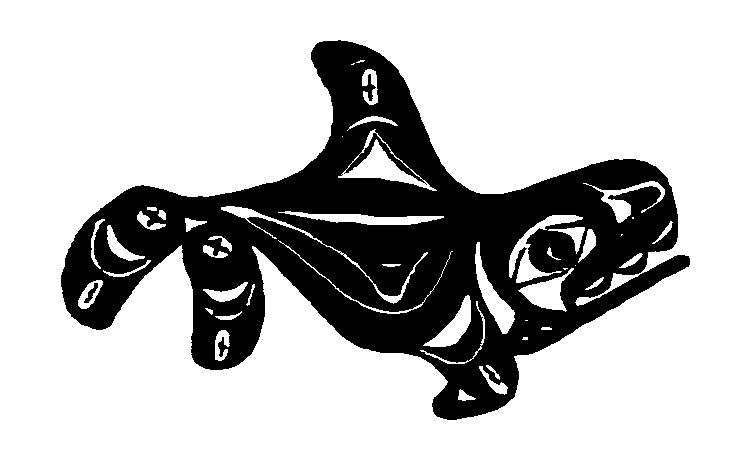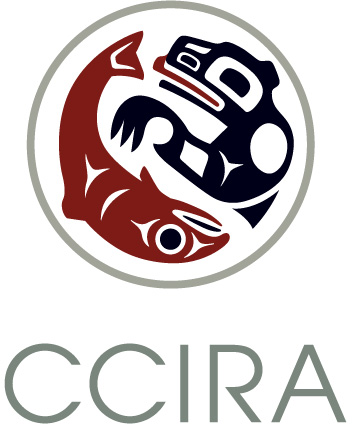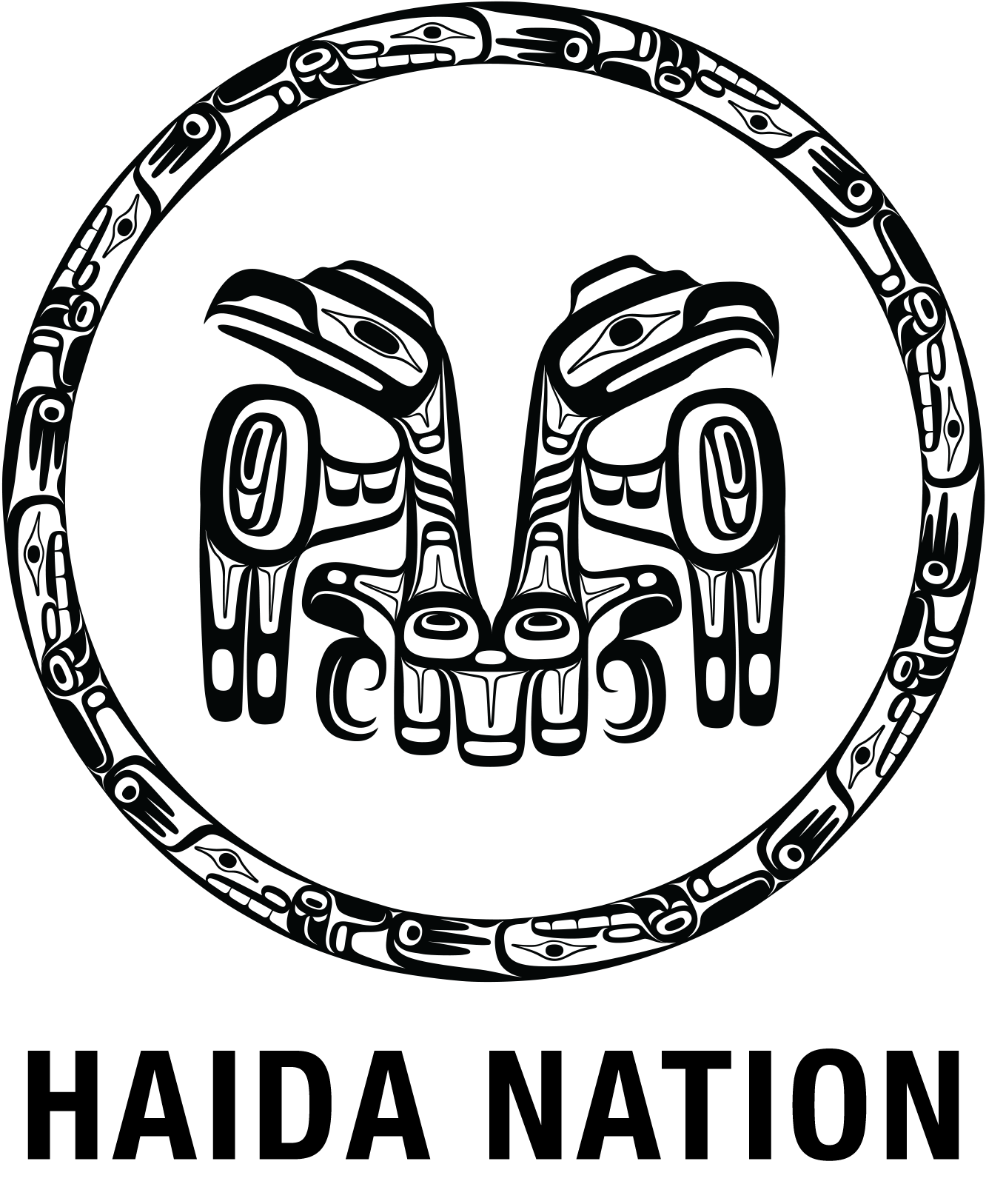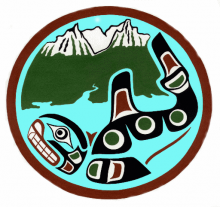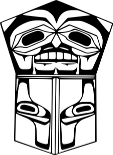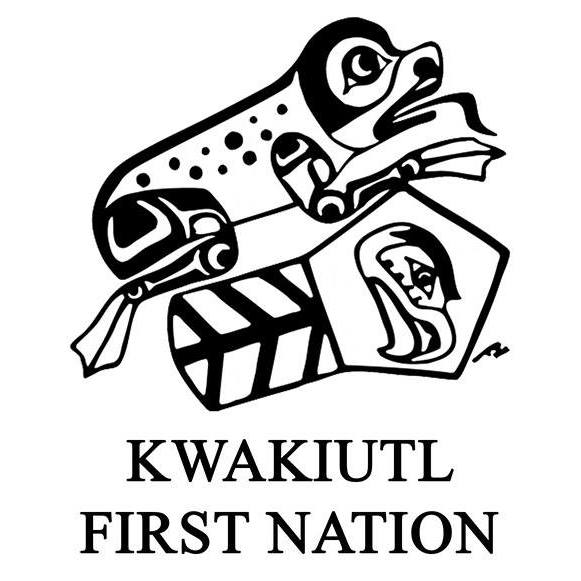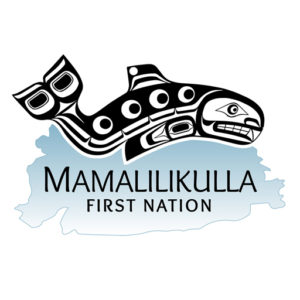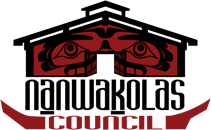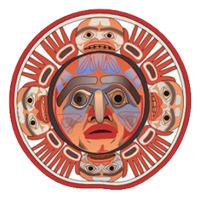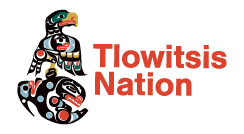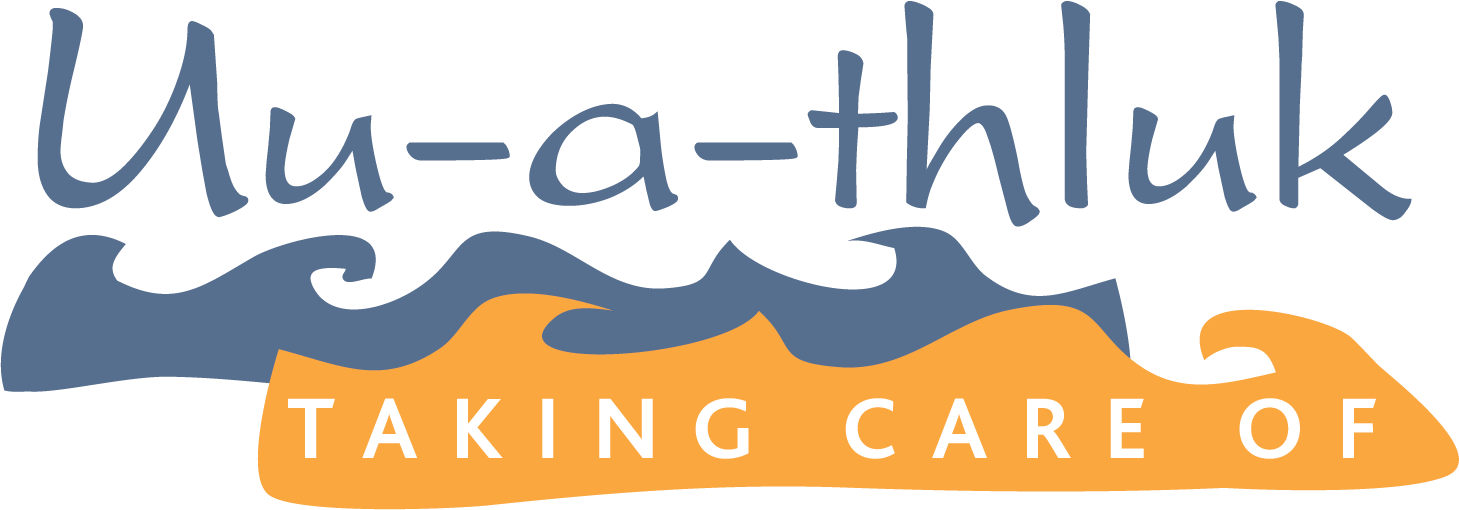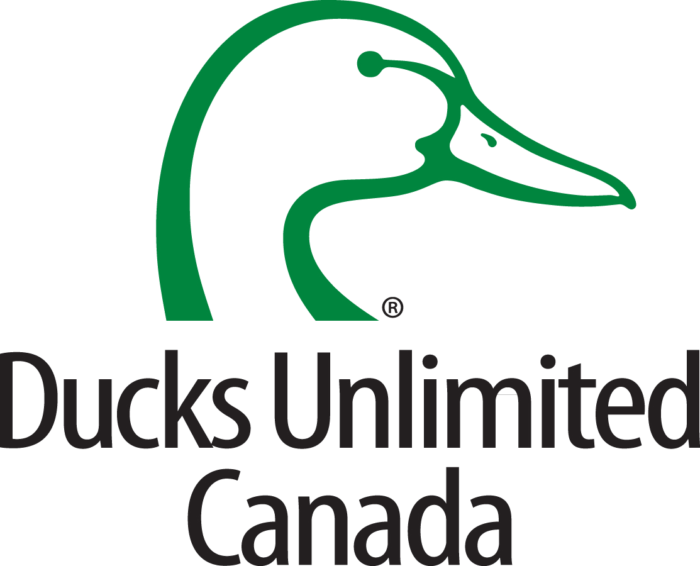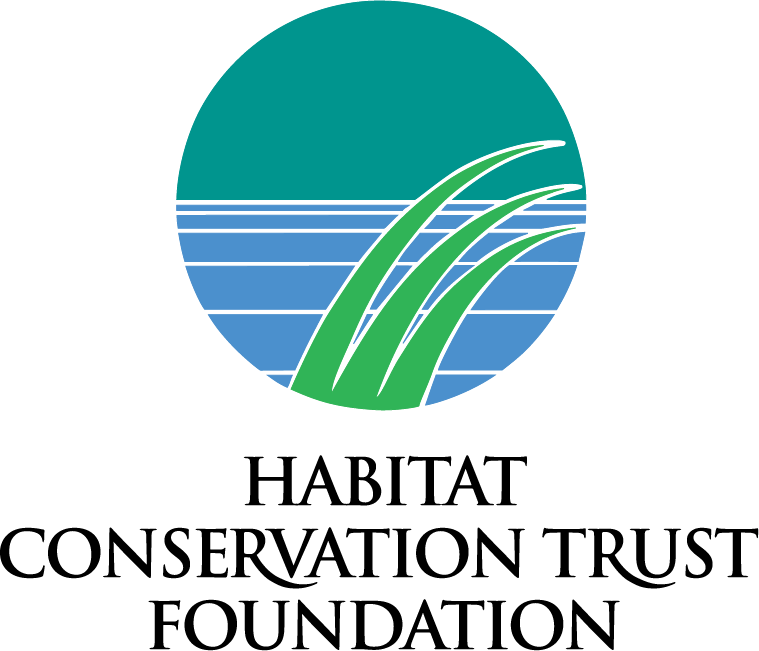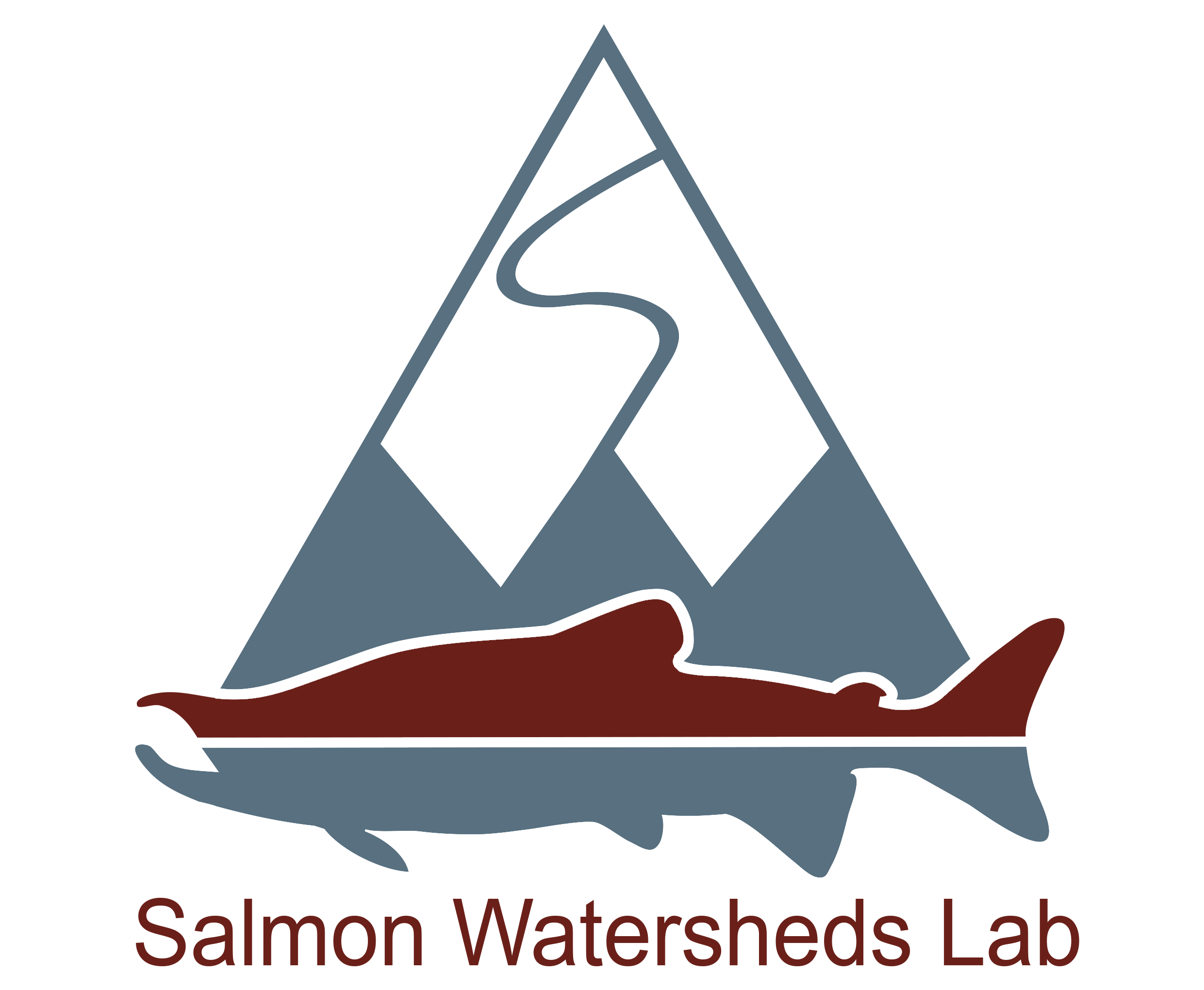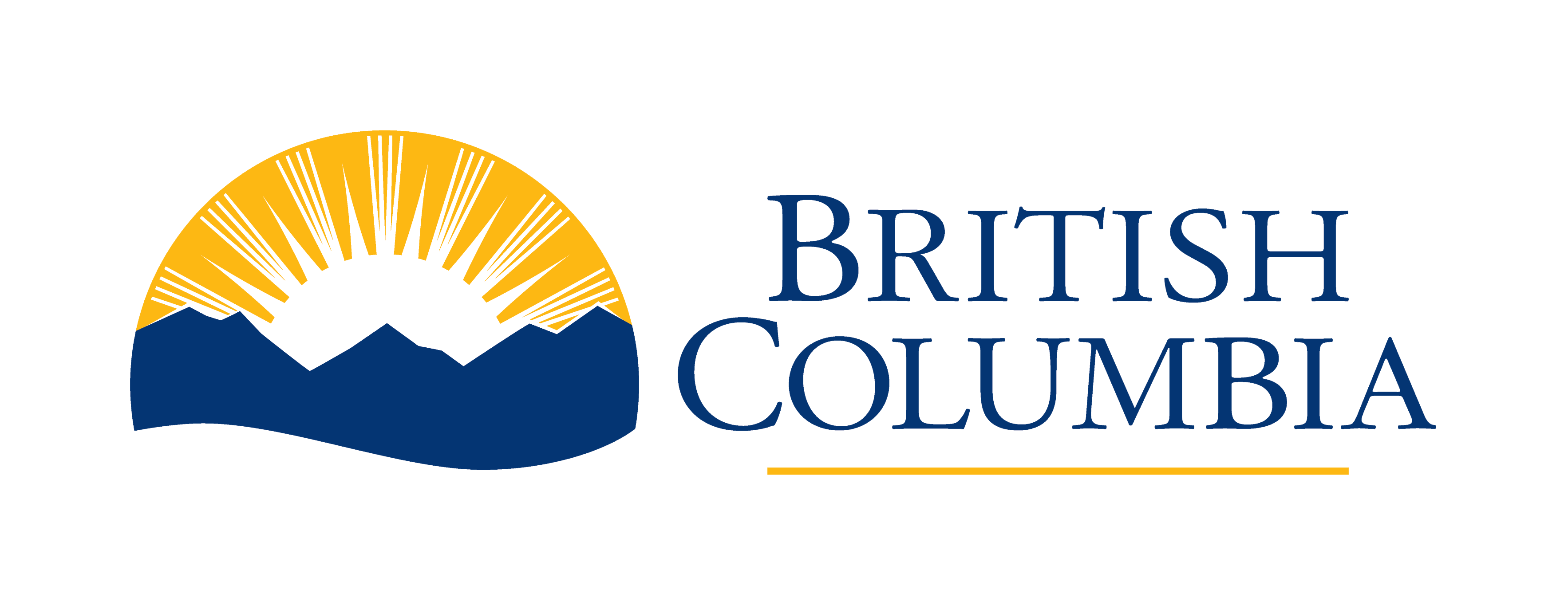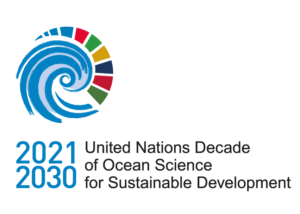Assessing Resilience, Enhancing Restoration, Building Partnerships
The Estuary Resilience project is built on strong partnerships between Coastal First Nations, non-governmental organizations, provincial and federal governments, and academic groups.
In 2019, The Nature Trust of British Columbia launched this multi-year project through the West Coast Conservation Land Management Program to improve estuary habitat and enhance the long-term sustainability and health of wild B.C. Pacific salmon fish stocks.
The project will monitor and research resilience to sea-level rise and climate change using the Marsh Resiliency to Sea-Level rise (MARS) tool at 20 estuaries on Vancouver Island, the central coast and Haida Gwaii. With a combination of science and cultural knowledge and heritage, this project will facilitate several major, transformative restoration projects across the coast. These projects will increase marsh resilience to sea-level rise, restore estuarine ecosystem functions, and revitalize Indigenous food systems.
